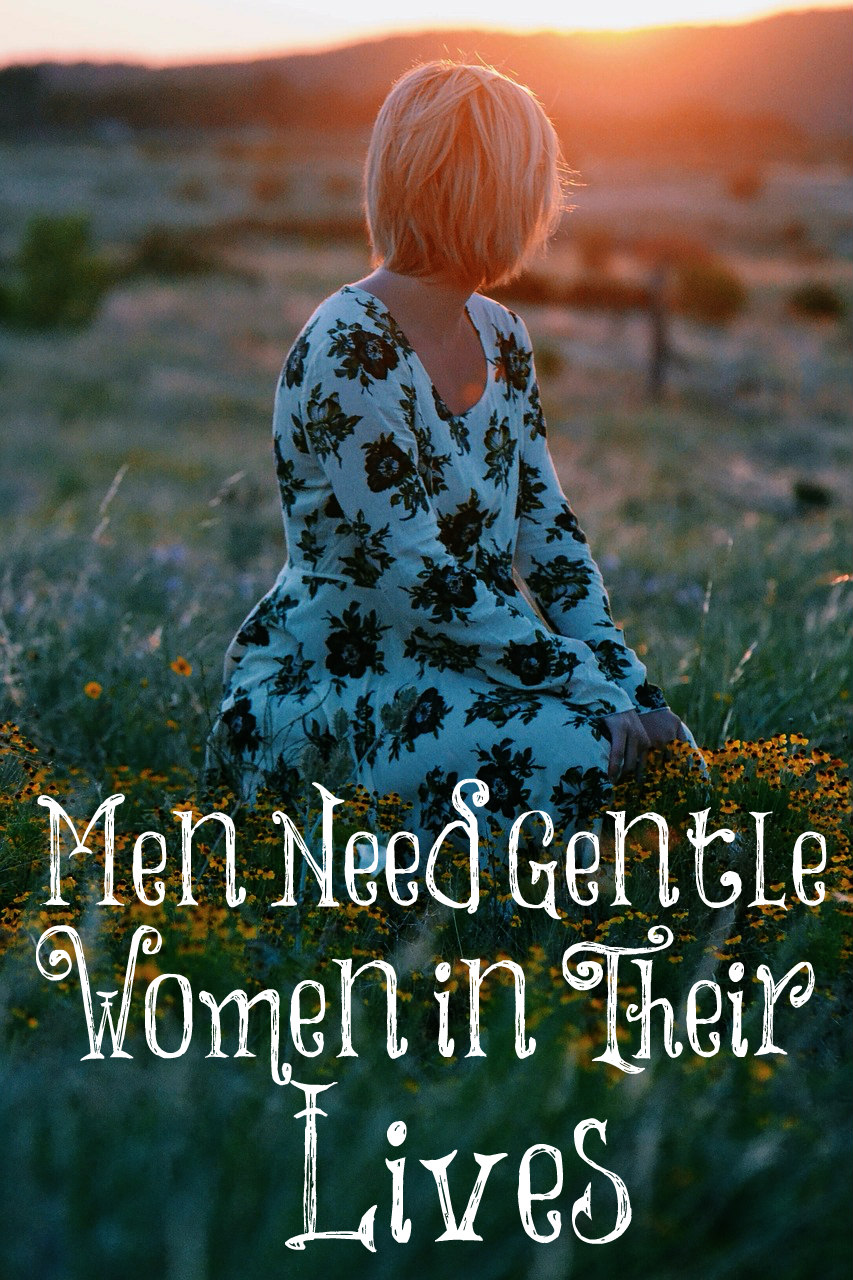

Here are some of the most popular traditional historic and newly evolved dances thar are practiced today in Argentina – Chacarera, Zamba, Chamame, El gato, Yaraví, Palotiro, Bailecito, El escondid, Pericón, Carnavalito, Malamba, Cuecas, Chaya, Payada, Chamarrita, Milonga, Hanabera, Flamenco, and others.

It is held each January in the city of Cosquín (Córdoba Province) over nine days.

The largest festival of Argentinian music that pays homage to almost all traditional Argentine folk styles is Cosquín National Folklore Festival that was established in 1961. Today, after a century of constant evolution and merging with rich sounds of South America, Argentina music can be heard at every street from inside musical establishments called peña, all focusing on some part of rich Argentine music history from regions such as Patagonia, jungles of the north-east, northwest's hits that revived modern folk, Andean plains, Andean music that was influenced by Salta, Bolivia, northern Chile, and Jujuy, and Corrientes that was the original home of the many European settlers who enjoyed the unique chamamé style (a mix of Spanish music, polka, and waltz). This period birthed numerous folk stars, whose work still echoes today in modern composers and bands' exploits. "It is not often that you see life and fiction take each other by the hand and dance." – Lawrence ThorntonĪrgentine folk music went through significant changes during the 1960s and 1970s with the arrival of the Nueva Canción style that infused the traditional music with the rockier sound and politicized lyrics that reflected the changing cultural environment that was influenced by the string of military dictatorships in the region.

The most popular movement came from the northwest region of the country where three musical bands (Los Fronterizos and Los Chalchaleros from the province of Salta, and the Ábalos brothers) managed to immediately capture the attention of the Argentine nation and have inspired legions of followers and a complete revival of the traditional music styles across Argentina and the surrounding regions. The folk music of Argentina evolved during the 20 th century in several different forms depending on the part of Argentina, with strong indigenous and European influences. Folklorico - Traditional Music of Argentina Today, the Argentine nation has managed to retain its rich music transition by embracing genres such as Rock, Electronic, Electronic Rap (Trap), Pop, Cartueto, Soul, Reggae, and the traditional Cumbia, Tango, and many others. While the popularity of Argentine folk dance steadily increased throughout the 19 th century, several folk genres went through an incredible boom of popularity after the 1950s and 1950s, when tango and newly born "rock nacional," it's Rock variant, became the number one genres of music that energized the entire musical scene of Southern America and quickly after the world.


 0 kommentar(er)
0 kommentar(er)
